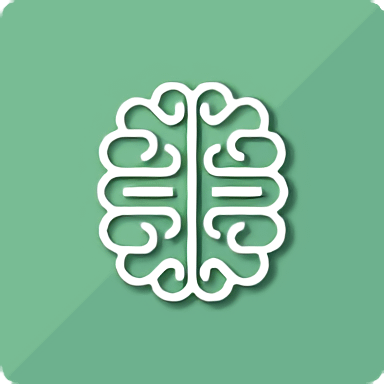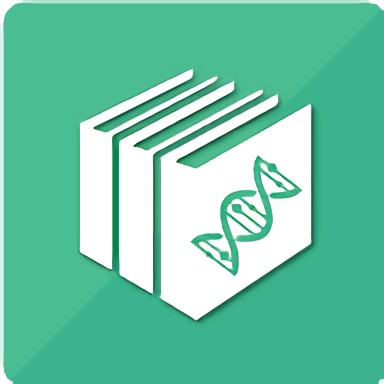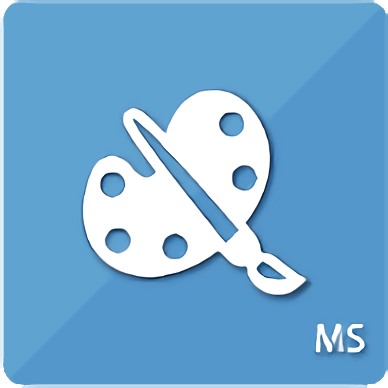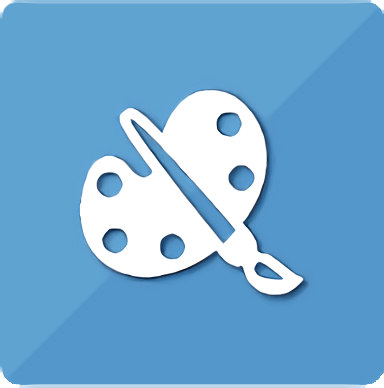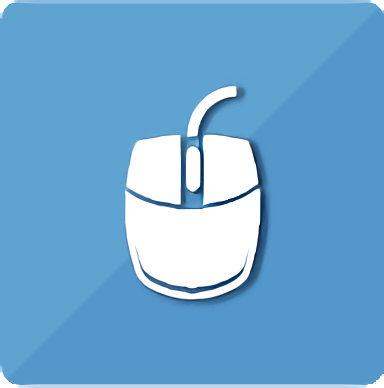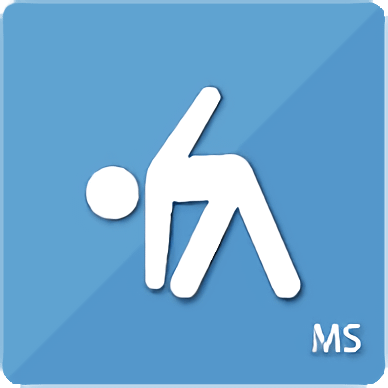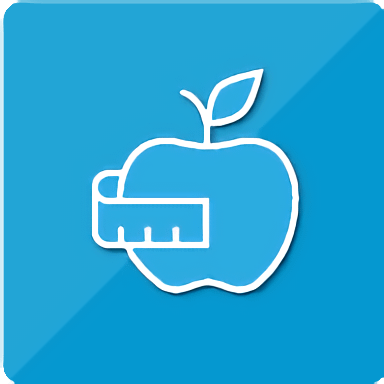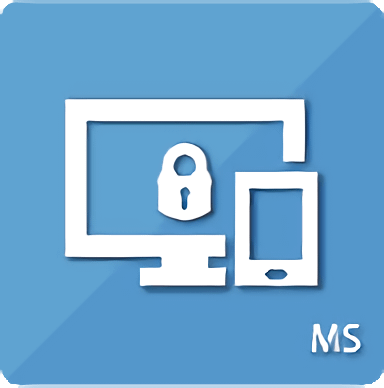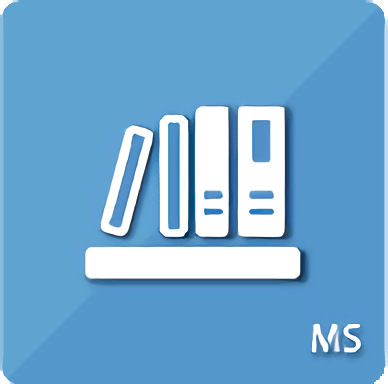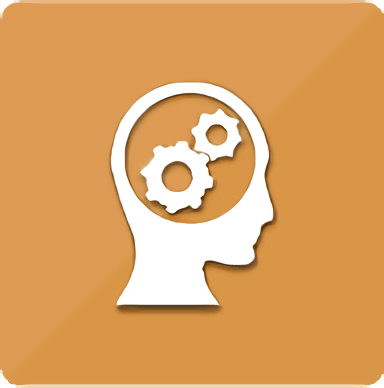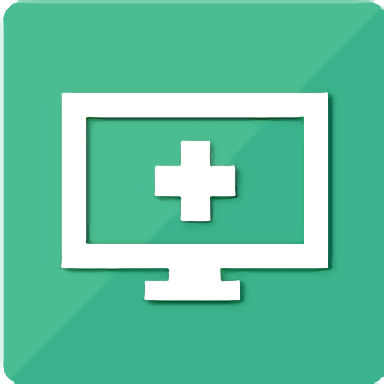Anatomy and Physiology [Competency Based] (1st semester)
$250.00Course Description
Why is the human body so complex? How do all of the different structures of the body work together? In Anatomy and Physiology, students survey the different systems of the human body, with an emphasis on the relationship between structure and function. The course begins by teaching the language of anatomy and familiarizing students with the building blocks of the human body: cells and tissues that combine to create the complex organs and support structures of the body. Students get to know their bodies inside and out, from the skin that covers and protects the entire body to the skeleton and the attached muscles that provide support and create movement. Moving deeper inside, students explore the cardiovascular, respiratory, urinary, and digestive systems, which work together to supply the body with nutrients and rid it of wastes. Students also learn how the nervous and endocrine systems respond to the environment and maintain a state of balance. Students study the reproductive system as they follow the development of a human from a single-celled zygote to a mature adult. Interwoven throughout many lessons is information about genetic diseases, dysfunctions, and ailments such as diabetes, HIV, and arthritis. By the end of this course, students will feel as if they have read the owner’s manual for their bodies.
Course Breakdown
Regions and planes of the body
Levels of structural organization
Cellular structure and cell reproduction
Body tissue
Epidermis and dermis
Hair, nails, and skin glands
Skeletal system
Axial and appendicular divisions of the skeleton
Types of joints Muscular system
Cardiovascular system
Circulatory system
Respiratory system
Course Goals
Identify the regions and structural organization of the human body.
Describe the properties and functions of cells in the human body.
Summarize the properties, functions, and layers of skin.
Relate the characteristics to the functions of the parts of the skeletal system. Examine the internal structures and overall functions of the muscular system.
Describe the structure and function of the cardiovascular system.
Summarize how various systems work together to maintain homeostasis.
Explore how the different components of the circulatory system respond to changes in physiological conditions.
Relate the anatomy of the respiratory system to its function in maintaining homeostasis.


